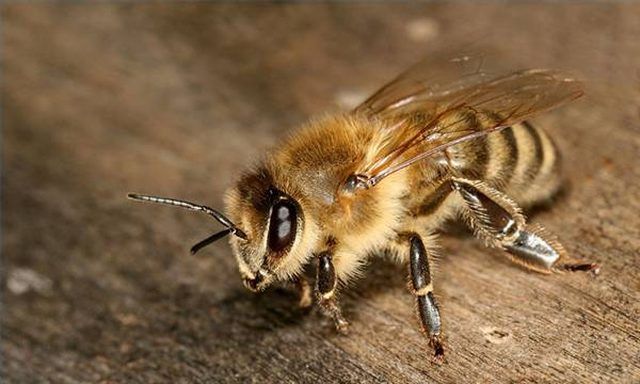Bulbs
Flower Basics
Flower Beds & Specialty Gardens
Flower Garden
Garden Furniture
Garden Gnomes
Garden Seeds
Garden Sheds
Garden Statues
Garden Tools & Supplies
Gardening Basics
Green & Organic
Groundcovers & Vines
Growing Annuals
Growing Basil
Growing Beans
Growing Berries
Growing Blueberries
Growing Cactus
Growing Corn
Growing Cotton
Growing Edibles
Growing Flowers
Growing Garlic
Growing Grapes
Growing Grass
Growing Herbs
Growing Jasmine
Growing Mint
Growing Mushrooms
Orchids
Growing Peanuts
Growing Perennials
Growing Plants
Growing Rosemary
Growing Roses
Growing Strawberries
Growing Sunflowers
Growing Thyme
Growing Tomatoes
Growing Tulips
Growing Vegetables
Herb Basics
Herb Garden
Indoor Growing
Landscaping Basics
Landscaping Patios
Landscaping Plants
Landscaping Shrubs
Landscaping Trees
Landscaping Walks & Pathways
Lawn Basics
Lawn Maintenance
Lawn Mowers
Lawn Ornaments
Lawn Planting
Lawn Tools
Outdoor Growing
Overall Landscape Planning
Pests, Weeds & Problems
Plant Basics
Rock Garden
Rose Garden
Shrubs
Soil
Specialty Gardens
Trees
Vegetable Garden
Yard Maintenance
How to Kill Sand Bees
How to Kill Sand Bees. Sand bees or ground bees burrow down into the soil to build their hives. This can make spotting them tricky and getting rid of them even trickier. It's hard to remove what you can't see. Generally speaking, if you leave them alone, they'll leave you alone. They will pollinate your garden and ensure the continued success of...

Sand bees or ground bees burrow down into the soil to build their hives. This can make spotting them tricky and getting rid of them even trickier. It's hard to remove what you can't see. Generally speaking, if you leave them alone, they'll leave you alone. They will pollinate your garden and ensure the continued success of the food cycle. However, if you're highly allergic, bee-phobic, or just don't want to have them around, you can get rid of them.
Things You'll Need
Flash light with clear red cover
Plastic bucket without a pouring spout
3 or 4 bricks
Extra Strength Raid Wasp and Bee Spray
Protective mask/medical mask
3 black waterproof tarps
Patio paving stones
Light colored pants with elastic legs
Thick socks
Leather shoes
Long sleeved shirt
Belt
Hat
Contact a local bee keeper. The worldwide population of bees is dwindling and beekeepers may want your bees. Even if they don't, they might remove your sand bees free of charge. Speak to your local extension office and ask around at any nearby farm supply store. They're likely to know who keeps bees in your area.
Locate the entrance to the hive. When the sun begins to set, watch for the bees to return and focus on the area of greatest bee activity. Do not get too close and or approach the hive wearing yellow clothing or while carrying a sugar-laden drink. If a bee flies near you, or even if it stings you, back away and head for home, moving in a zig-zag pattern.
Go back to the entrance at night, when all the bees have returned to the hive. Cover your flashlight with a red disk to diffuse the light. And bring a plastic bucket, three or four bricks, a protective face mask and a large can of extra strength Raid spray.
Stop approximately 10 feet from the entrance and set the bucket down. Cover your face with a mask and spray the sides of the bucket with Raid. Spray until the sides are well coated and there is a reasonable quantity of insecticide pooling in the bottom.
Pick up the bucket and approach the opening to the nest. Invert the bucket over the opening and place the bricks on top.
Leave the bucket over the nest for 2 to 4 days, or until the buzzing stops.
For a chemical-free alternative, approach the hive at night, as above, and place three folded black, waterproof tarps over the hive entrance. Use patio stones to secure the tarps, covering the entire surface area and leave the tarps in place for at least a week.
Tips & Warnings
If possible, wear light-colored pants with elastic ankles, thick socks, leather shoes and a long-sleeved shirt (tucked in or belted) when approaching the bees. Just because they all should be back in the hive, doesn't mean they all are.
Do not swat the sand bees! If the bee thinks you mean to kill it, it will send out a chemical "help" alarm signal and all the others will come rushing to its assistance. Also, sand bees tend to fly in a straight line, so mixing it up a bit as you move can help you lose them.
Do not hang around after you cover the hive.
Do not approach the covered hive for at least 24 hours.